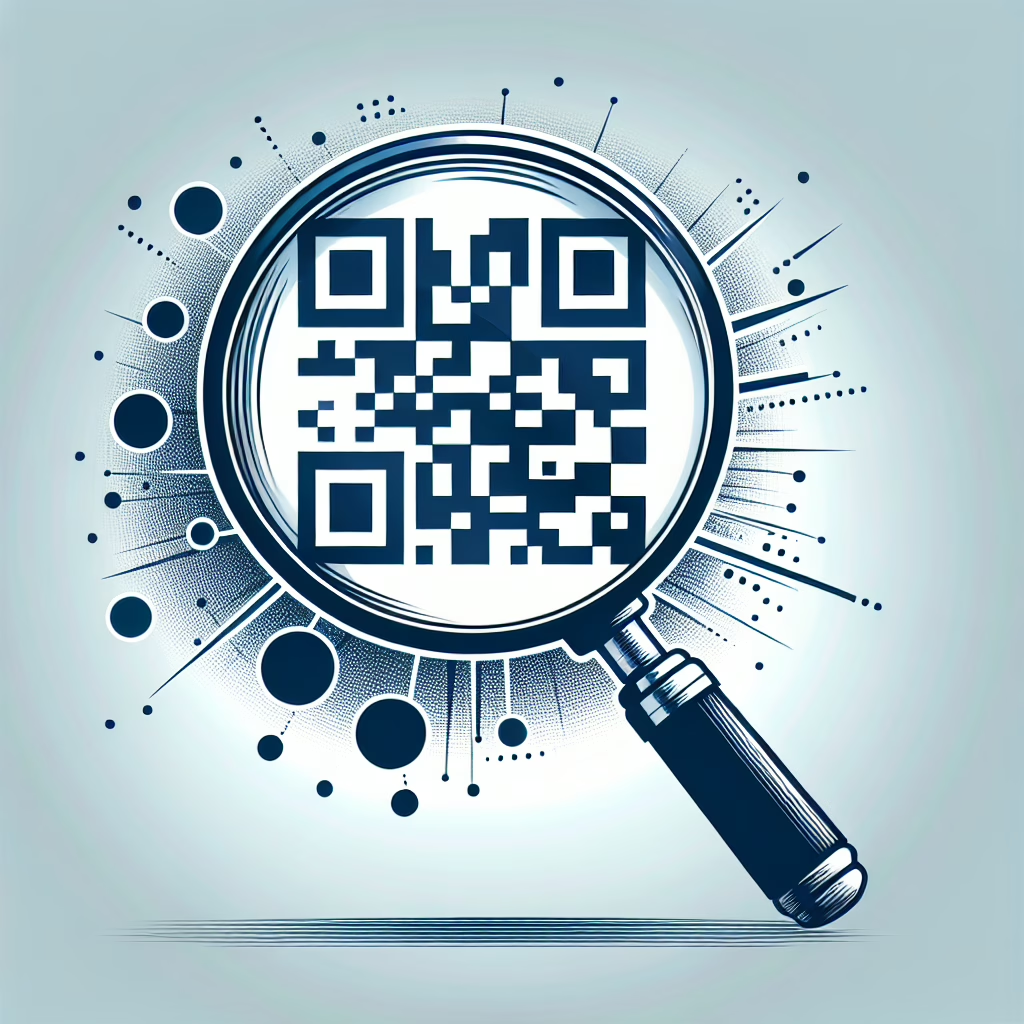In a world where technology is advancing at a breakneck pace, it seems that the old adage “what goes up must come down” rings true, especially when it comes to cybersecurity. Recently, we’ve been introduced to a new player in the phishing game: QR codes. Yes, those little squares that have been popping up everywhere, from restaurant menus to advertisements, are now being used by cybercriminals in Russia to lure unsuspecting victims into their digital traps. But let’s not get too gloomy; instead, let’s take a moment to appreciate the creativity and innovation behind this latest phishing tactic!
QR codes have become a staple of our modern lives, making it easier than ever to access information quickly. Who would have thought that these seemingly innocent codes could also serve as a gateway for hackers? It’s like finding out that your favorite dessert has a hidden ingredient that you never expected. While it’s important to be cautious, we can’t help but admire the audacity of those who would use such a popular tool for nefarious purposes.
According to reports, Russian hackers have been using QR codes to trick individuals into revealing sensitive information. By creating fake codes that lead to malicious websites, they’ve managed to exploit the trust people have in this technology. It’s a classic case of “if you can’t beat them, join them”—but in this instance, it’s more like “if you can’t outsmart them, out-QR them!”
Now, before we dive deeper into the rabbit hole of QR code phishing, let’s take a moment to appreciate the sheer ingenuity behind this method. It’s a reminder that while we may be living in a digital age filled with convenience, we must also remain vigilant. The fact that hackers are adapting to new technologies shows just how resourceful they can be. It’s almost impressive, in a twisted sort of way.
Of course, this doesn’t mean we should throw caution to the wind. The rise of QR code phishing attacks serves as a wake-up call for all of us. It’s an opportunity to educate ourselves and others about the potential dangers lurking behind those innocent-looking squares. We can all become QR code detectives, scrutinizing codes before scanning them and ensuring they lead to legitimate sources. It’s like becoming a superhero, but instead of wearing a cape, we’re armed with knowledge!
Moreover, this situation opens up a dialogue about the importance of cybersecurity education. As we continue to integrate technology into our daily lives, it’s crucial that we understand the risks involved. Schools, workplaces, and communities can come together to create awareness campaigns that highlight the importance of verifying sources before engaging with QR codes. Who knew that a simple code could spark such a vital conversation?
Let’s not forget the role of technology companies in this evolving landscape. As QR codes become more prevalent, it’s essential for developers to implement security measures that can help protect users from these phishing attacks. Imagine a world where QR codes come with built-in safety features—now that would be a game-changer! It’s a call to action for tech innovators to step up their game and create a safer digital environment for everyone.
In conclusion, while the rise of QR code phishing attacks may seem alarming, it’s also an opportunity for growth and awareness. We can take this challenge head-on, turning it into a learning experience that empowers us to navigate the digital world more safely. So, let’s embrace our inner detectives, educate ourselves and others, and keep the conversation going. After all, knowledge is power, and together we can outsmart the hackers!
What are your thoughts on this new phishing tactic? Have you encountered any QR codes that made you suspicious? Share your experiences in the comments below, and let’s keep the dialogue flowing!

